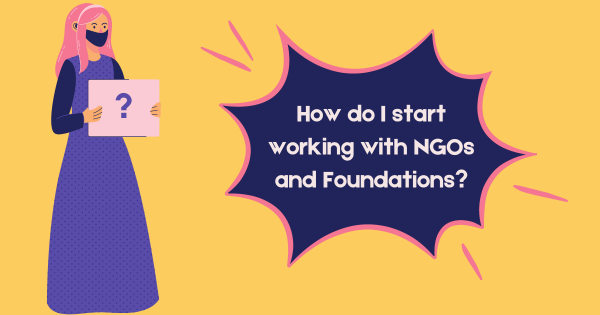How I start working with NGOs and Foundations

Before the summer, I was contacted by an international organisation specialising in helping during humanitarian crises. They were looking for freelance translators with expertise in social justice and inclusive language.
So, how do I typically start collaborating with NGOs and Foundations? Here’s what the process looked like:
1️⃣ Initial videocall: I met with the person managing their translator roster to ensure our values aligned and to discuss their working processes. It’s important to confirm we’re on the same page before moving forward.
2️⃣ Linguistic guide: I received their inclusive language guidelines, which provide translators with a clear framework on how to incorporate gender-inclusive language into their translations for consistency. It also gives information about the tone to use in French and the vocabulary they prefer.
3️⃣ Follow-up videocall: I met with the French translation manager, we discussed the guide in more detail, including the organisation’s challenges in implementing French inclusive language and how to overcome them.
But what happens when the organisation is interested in inclusive language but isn’t sure what it involves? Here’s how I approach it:
🔎 Content audit: if they don’t have a linguistic guide, I audit their English content to assess the tone and target audience. This helps me determine the most suitable type of inclusive language to propose.
🔎 Review of existing translations: if they’ve had content translated before, I check if inclusive language was used and if it aligns with their English tone. I then explain why I recommend a specific type of inclusive language and make sure they fully understand the reasoning behind this advice.
Once the NGO or the Foundation chooses the inclusive language approach that fits its goals, I apply those guidelines consistently across all French translations.
✊ My mission is simple: to help NGOs and Foundations have French content that is just as effective as their English or Spanish versions. This ensures that French-speaking audiences have access to clear, inclusive information, where women and gender minorities feel seen and respected.